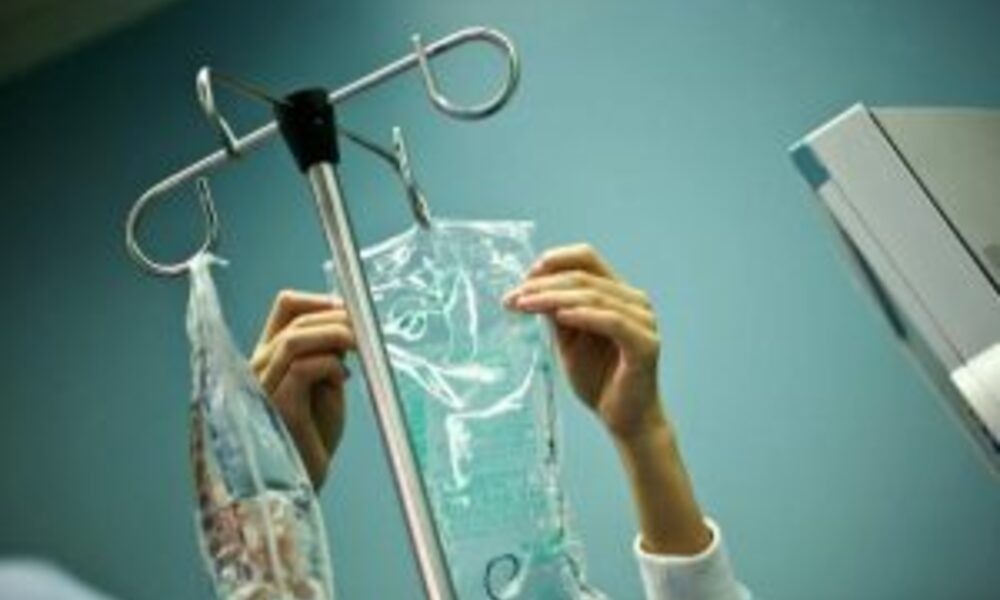In the last blog we looked at the very current crisis facing the world; plastic pollution and the damage it is causing to us and our environment. In this blog we are focussing on how health services reduce their plastic waste.
It is not an easy subject to tackle, as of course patient safety and cost reductions are difficult to balance at the best of times. According to the World Health organisation (WHO), 85% of hospital waste is non-infectious and yet, the majority of that is not recycled, but instead sent to land fill or burned. China’s recent crackdown on imported waste (they used to import plastics and mixed paper to recycle from across the globe) is compounding this issue, with nearly 25% of hospital waste being plastics.
In the US, there are programmes and initiatives in place that are resulting in hospitals making headway on this issue. If you take a look at HPRC, they have progressive, actionable ideas for the American sector. Healthcare facilities taking part in these initiatives are able to send waste equipment such as catheters, orthopaedic blades, blood pressure cuffs etc, to third party reprocessing facilities where they receive a rebate or credit to procure at a lower cost. In addition they promote donation programmes where materials can be sent overseas to healthcare facilities with limited resources. Initiatives like these are fantastic, but it is noted that they require education, time and energy from hospital staff to see them successfully implemented.
So how is Australia handling this growing issue? Charterhouse reached out to our contacts to discuss this issue and it was very encouraging to see that it is at least in the forefront of most health care providers minds in Australia, and that is how change starts.
One company leading the way with Hospital PVC recycling have had some great success stories, and note on their website that Footscray Hospital in Victoria, were the first hospital to start recycling PVC after one of their Anaesthetists noticed too much plastic was being thrown away. Western Heath now recycle IV fluid bags, oxygen masks and oxygen tubing as part of their recycling programme and the benefits have not only been environmental, but also financial. Western Health identified that clinical waste costs three times more to send to landfill than general waste, so any reduction of in this area positively impacts the bottom line. In another hospital, they have seen the recycling programme spread from just Theatre & Recovery to multiple clinical areas (including ICU and Dialysis) across four different sites. At present, approximately four tonnes of PVC is recycled each year. This is the equivalent of 28km of garden hose each year. Recycling PVC has become an ingrained habit at Western Health, with nursing staff keen to develop more recycling programmes for other disposable clinical products. Take a look at the website and read some of the success stories for yourself. http://recyclinginhospitals.com.au/success-stories/
Many Australian health services are looking at their current suppliers and actively choosing to use suppliers that have sustainability and waste reduction central to their operations. A focus on recycling is just one link in the chain; the focus on sustainable business practice should extend from procurement to disposal.
Individual GP practices have taken steps to reduce waste from replacing plastic cups and water bottle vendors, with water coolers and paper cups in the office and to switching to metal non disposable instruments and autoclaving in house wherever possible. All of these initiatives add up.
Australia has an ambitious target to redirect 80% of its waste from landfill by 2030. While this goal is bold, it is also achievable and it is encouraging to see that health providers are taking the bull by the horns on this significant environmental issue.







